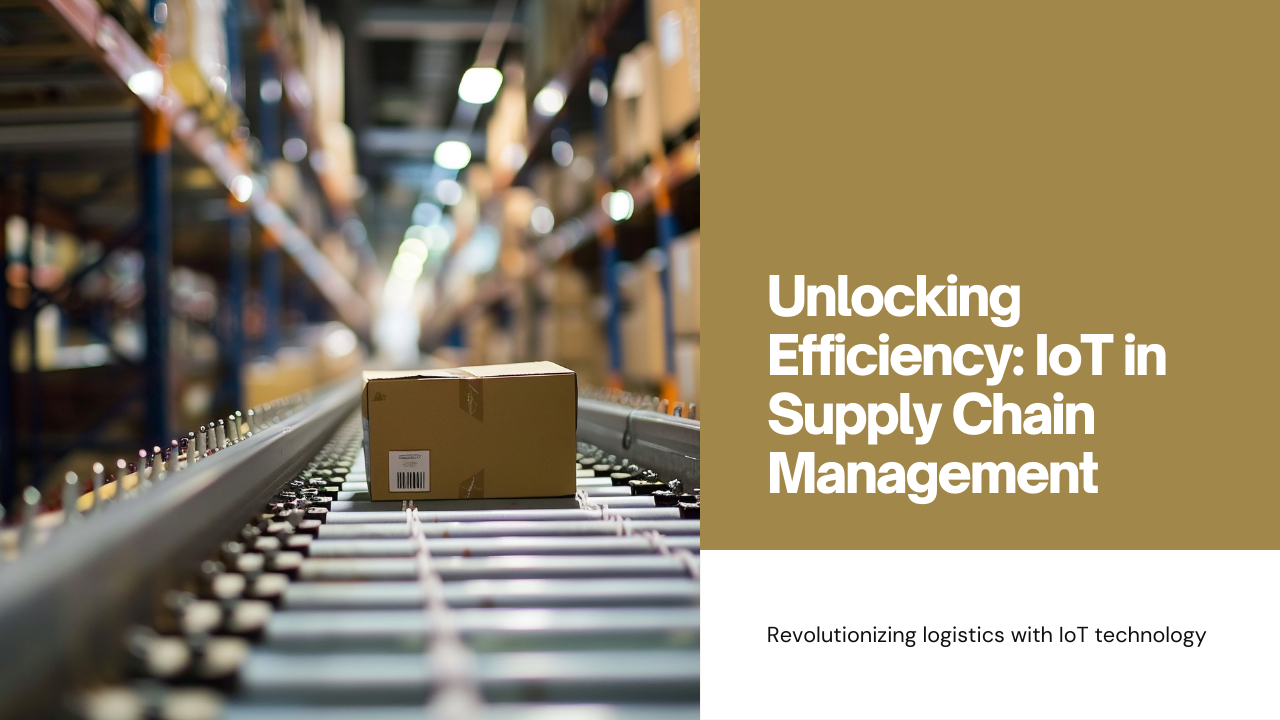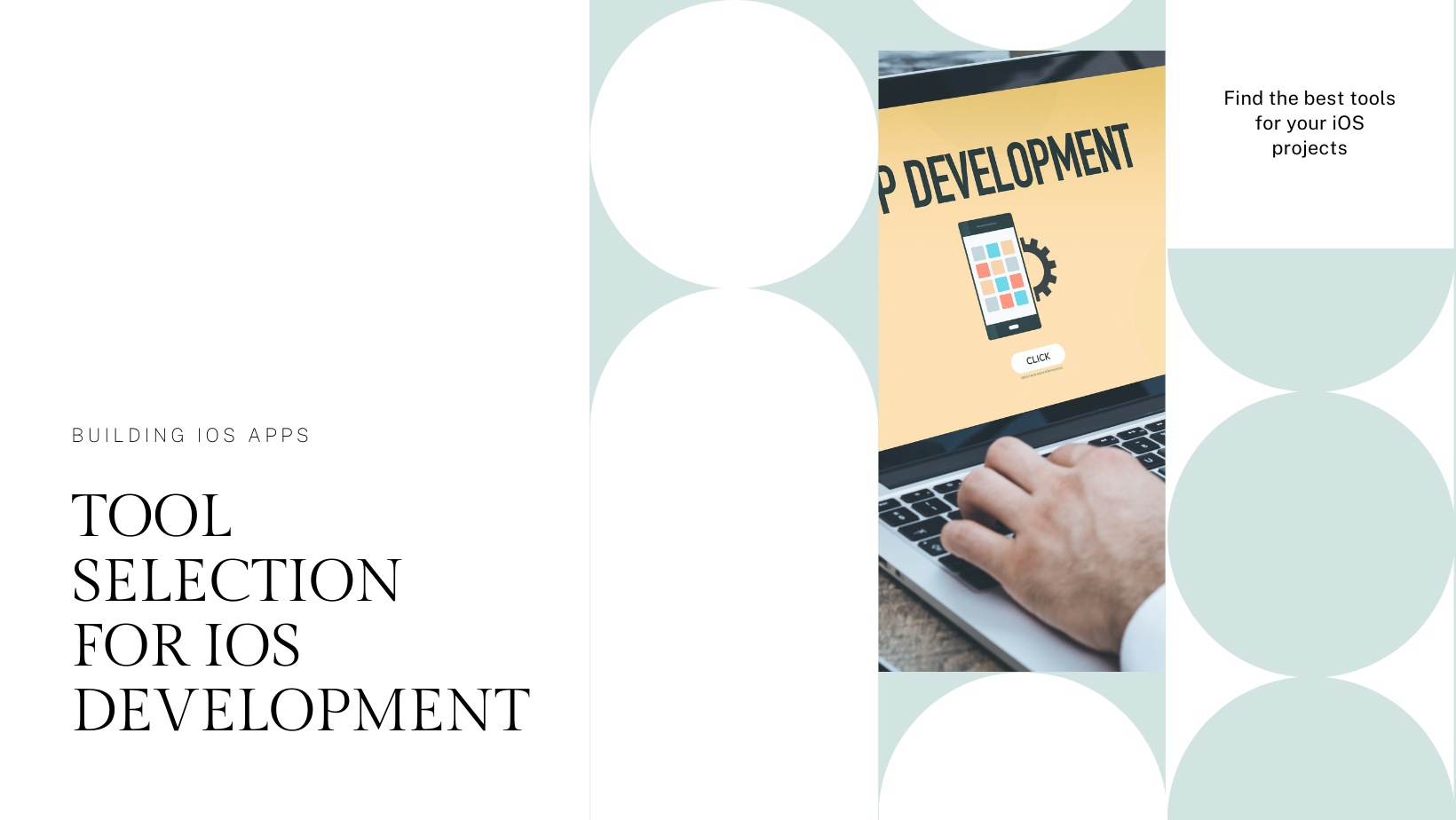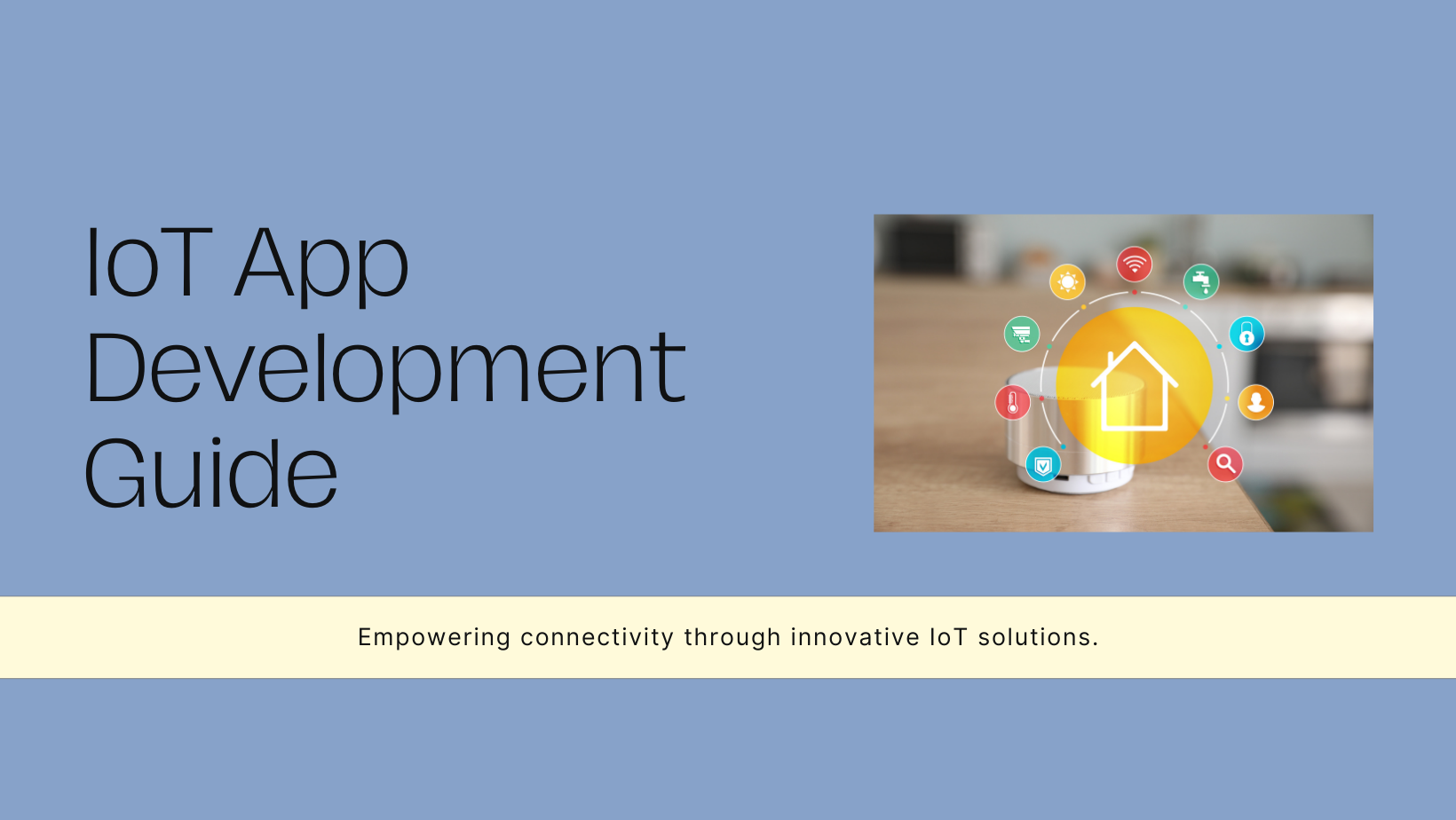In today’s rapidly evolving business landscape, supply chain management (SCM) plays a critical role in ensuring operational efficiency, timely delivery, and customer satisfaction. With the advent of Internet of Things (IoT) technologies, businesses are leveraging interconnected devices and real-time data analytics to optimize their supply chain processes. In this blog post, we explore the significant benefits of IoT for supply chain management, from improved visibility and inventory management to enhanced operational insights and cost savings.
Understanding IoT in Supply Chain Management
Internet of Things (IoT) refers to a network of interconnected devices, sensors, and software applications that collect and exchange data over the internet. In the context of supply chain management, IoT enables seamless communication between physical assets, machinery, vehicles, and enterprise systems, facilitating data-driven decision-making and automation.
Key Benefits of IoT for Supply Chain Management
1. Real-time Visibility and Tracking
IoT-enabled sensors and RFID tags provide real-time visibility into the movement and location of goods throughout the supply chain. From manufacturing facilities to distribution centers and retail stores, stakeholders can track inventory levels, monitor shipment status, and identify potential delays or disruptions. Real-time visibility enhances transparency, reduces inventory shrinkage, and improves order fulfillment accuracy.
2. Predictive Maintenance and Asset Management
IoT sensors embedded in machinery and equipment monitor performance metrics such as temperature, vibration, and energy consumption in real-time. Predictive analytics algorithms analyze sensor data to detect anomalies and predict potential equipment failures before they occur. Proactive maintenance strategies minimize downtime, extend asset lifespan, and optimize resource allocation in supply chain operations.
3. Optimized Inventory Management
IoT-enabled inventory management systems automate stock monitoring, replenishment, and order fulfillment processes. RFID tags and sensors track inventory levels, expiration dates, and storage conditions in warehouses and distribution centers. Real-time data analytics provide insights into demand patterns, inventory turnover rates, and optimal stocking levels, reducing carrying costs and minimizing stockouts.
4. Enhanced Operational Efficiency
IoT technologies streamline workflows and operational processes across the supply chain. Automated data capture and integration with enterprise resource planning (ERP) systems eliminate manual data entry errors and paperwork. IoT-enabled predictive analytics optimize route planning, fleet management, and transportation logistics, reducing fuel consumption, optimizing delivery schedules, and enhancing overall operational efficiency.
5. Improved Supplier Collaboration and Transparency
IoT facilitates seamless collaboration and communication with suppliers, vendors, and logistics partners. Shared access to real-time data and performance metrics fosters transparency, enhances trust, and strengthens supplier relationships. IoT-enabled supply chain networks enable proactive risk management, supplier performance monitoring, and collaborative problem-solving, ensuring timely delivery and mitigating supply chain disruptions.
6. Cost Reduction and Competitive Advantage
By optimizing supply chain processes and enhancing operational visibility, IoT technologies enable cost savings and competitive advantage. Reduced inventory holding costs, minimized waste, and improved resource utilization contribute to lower operating expenses and improved profit margins. IoT-driven supply chain innovations differentiate businesses in competitive markets by enabling agile, responsive, and customer-centric operations.
Implementing IoT in Supply Chain Management
1. Assess Business Needs and Objectives
Identify specific supply chain challenges, inefficiencies, and opportunities for improvement. Define strategic goals, such as enhancing operational visibility, reducing lead times, or improving inventory accuracy, to guide IoT implementation initiatives.
2. Select IoT Technologies and Solutions
Choose IoT hardware, sensors, and software platforms that align with your supply chain requirements and operational environment. Evaluate factors such as scalability, interoperability, data security, and integration capabilities with existing IT infrastructure.
3. Pilot Testing and Deployment
Conduct pilot tests and proof-of-concept trials to evaluate the effectiveness and feasibility of IoT solutions in real-world supply chain scenarios. Collaborate with cross-functional teams, stakeholders, and technology partners to refine IoT applications and address implementation challenges.
4. Data Integration and Analytics
Integrate IoT-generated data with SCM systems, ERP software, and business intelligence (BI) tools to gain actionable insights and facilitate data-driven decision-making. Implement analytics dashboards, KPI metrics, and predictive models to monitor performance, optimize processes, and drive continuous improvement.
5. Training and Change Management
Provide training and upskill employees on IoT technologies, data analytics tools, and new operational workflows. Foster a culture of innovation, collaboration, and continuous learning to maximize the benefits of IoT-enabled supply chain management.
Conclusion
IoT technologies offer transformative opportunities for businesses to enhance supply chain efficiency, visibility, and agility. By leveraging real-time data analytics, predictive maintenance, and automated workflows, organizations can optimize inventory management, streamline operations, and deliver superior customer experiences. As a leading provider of innovative IoT solutions, Sodio Technologies empowers businesses to achieve operational excellence and competitive advantage in today’s digital economy. Contact us to learn more about our IoT capabilities and how we can support your supply chain transformation journey.
Implementing IoT in supply chain management isn’t just about integrating new technologies; it’s about transforming operations, enhancing collaboration, and driving sustainable growth. Embrace the power of IoT to unlock new opportunities, mitigate risks, and achieve supply chain resilience in an increasingly interconnected world.






